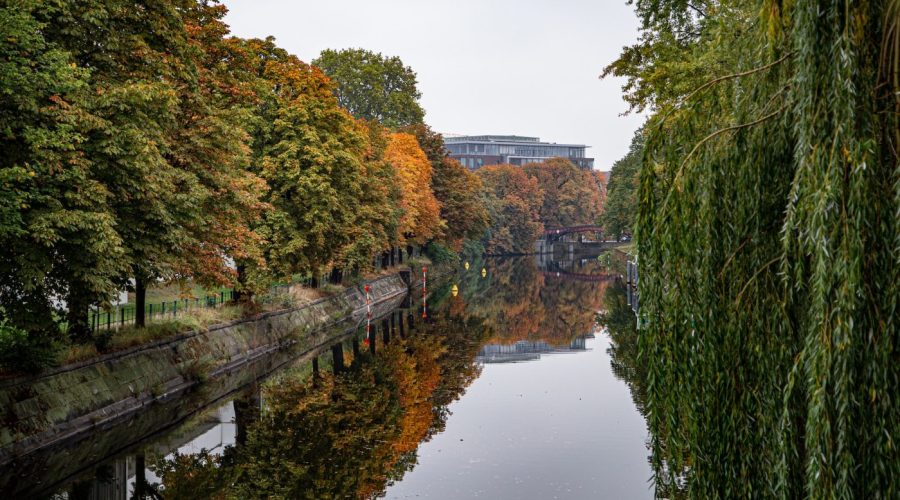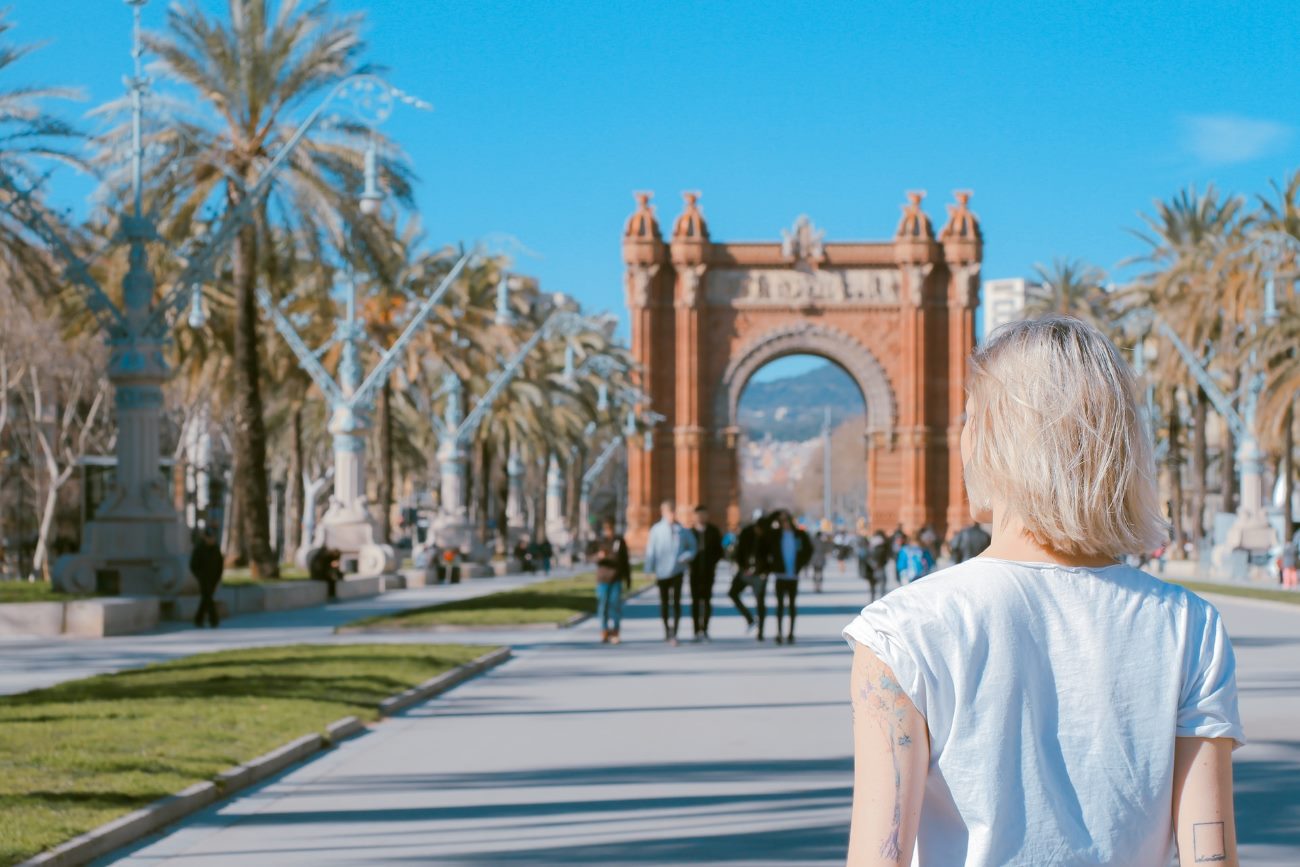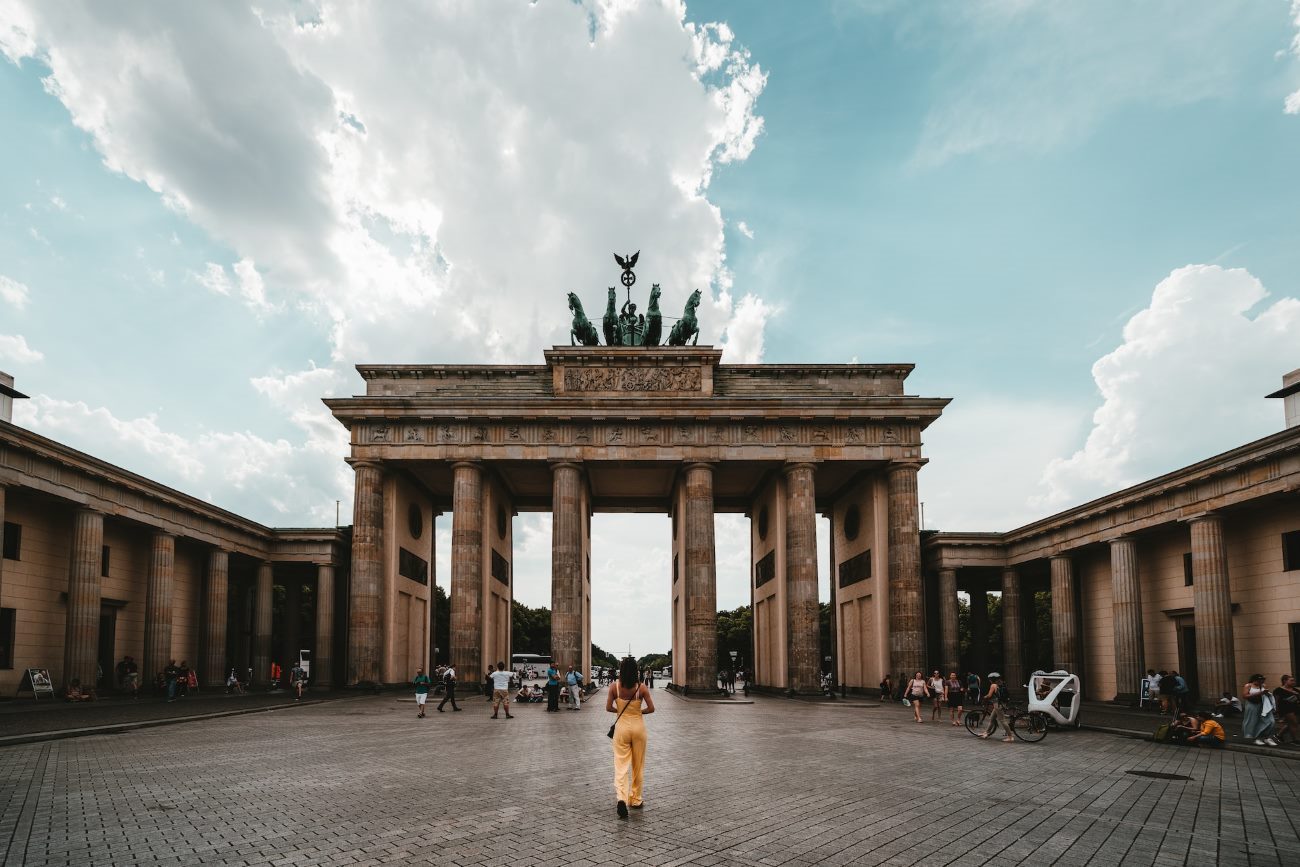What are some of Berlin’s iconic landmarks and how have they changed over time?
Speaking about cities that have a lot of history and culture, Berlin often features among the top. Berlin, which is known for its eclectic architecture, amazing landmarks, and prominent historical occurrences, is a city that has seen so many transformations over the years. We will touch upon some of the iconic landmarks of Berlin, go on time travel, and look how these airmarks changed throughout the years.
The Brandenburg Gate
It is possible to argue that the most famous representative of the landmarks of Berlin is the Brandenburg Gate. It was built at the end of the 18th century when it was a neoclassical gateway into the city, and then it got to be an effective emblem of Germany’s reunification following the fall of the Berlin Wall. Designed originally by architect Carl Gotthard Langhans, the gate was restored in the last decade to take away the damages made by wars and wear and tears. Now, it is a long-lasting symbol of peace and unity.
The Berlin Wall
One of the prominent divisions in the capital in the past is the Berlin wall constructed back in 1961, which separated the city into the part of the east and the part of the west Berlin. The wall was a physical as well as ideological barrier separating families and friends for almost 30 years. Remnants of the wall can still be seen all around the city today as a reminder of the turbulated past of the city. One part of the wall which was covered with colorful murals turned into an open air gallery and a monument of artistic freedom – the East Side Gallery.
The Reichstag
The Reichstag, German parliamentary building has also played a role in the great events that have happened in the world. The building was left in ruins after being severely damaged during the World War II until after the reunification of the Germany. Some of the renovations in the 1990s saw Sir Norman Foster’s addition to the iconic glass dome which provides panoramic views of the city. Currently, the Reichstag is a symbol of democracy, and one of the most popular tourist sites.
Museum Island
Museum Island is under UNESCO World Heritage Sites and is host to the most important museums in Berlin. Based at the Spree Island, it exhibits a great amount of art and artifacts dating diverse timeframes. Over the years, the museums in the island have undergone extensive remodeling and expansions, so as to ensure the collections are kept safe to the subsequent generation.
The TV Tower (Fernsehturm)
The TV tower is the tallest building on Berlin and stands at 368 meters high. Completed in 1960s, it was at first aimed at exemplifying how powerful and superior the East German regime was. Today, the tower has become an observation deck, enabling the visitors to enjoy the panorama of the city. What with its revolving restaurant and futuristic design, it stays a trademark that draws attention to Berlin’s skyline.
Zoologischer Garten Berlin
The Zoologischer Garten Berlin or the Berlin Zoo is the oldest zoo in Germany. It has abundant history and variety of fauna species. Over time, the zoo experienced renovations and developments in a bid to make the animals live more naturally in the environment. It is still a prime destination for the locals and tourists.
Conclusion
Iconic landmarks of Berlin highlight the history of the city and evidence of its strength and its change. From the Brandenburg Gate that is the representation of unity to fragments of the Berlin wall which are a reminder of the division of Germany, these landmarks are of historical and cultural value. Throughout the growth of Berlin, these landmarks serve as the testaments of the complicated past of the city and its determined people.
Table of Contents



